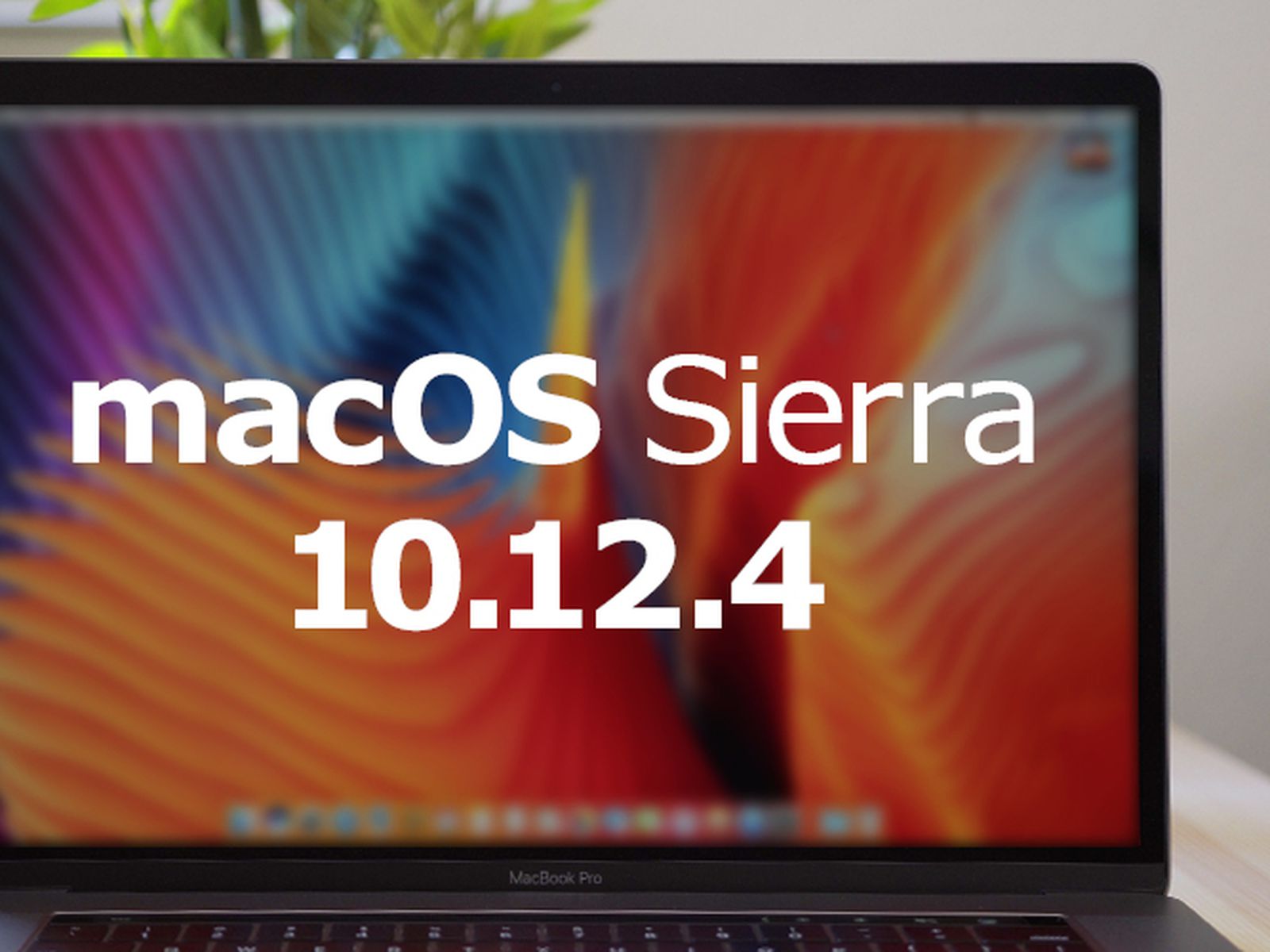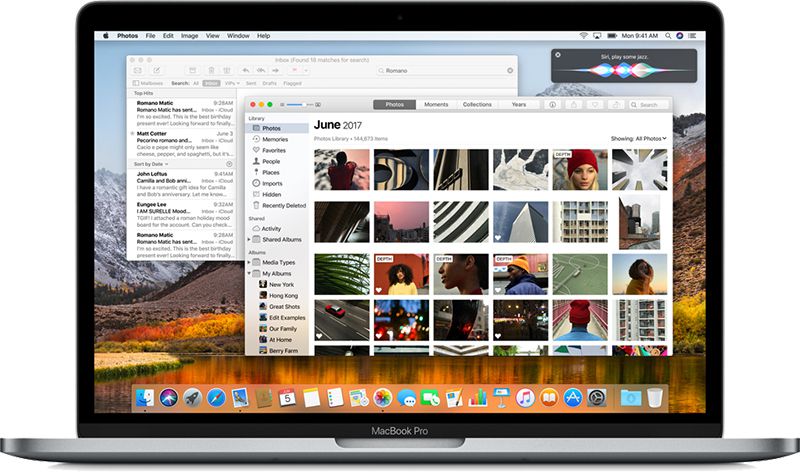
- #Newest mac os 2017 how to#
- #Newest mac os 2017 for mac#
- #Newest mac os 2017 mac os#
- #Newest mac os 2017 install#
- #Newest mac os 2017 update#
Mac mini models from late 2014 and later.
#Newest mac os 2017 update#
This means if your Mac is too old to update to the latest macOS version, it’s becoming obsolete.Mac Pro models from late 2013 and later. Mac models from the past several years are capable of running it. Also, older Macs would benefit if upgraded at least to macOS Sierra for which Apple still releases security patches. However, for users that need to run 32-bit apps on Mac, the best macOS is Mojave.
#Newest mac os 2017 mac os#
The best Mac OS version is the one that your Mac is eligible to upgrade to. Which versions of macOS does your Mac support? What versions of macOS are still supported? If you’re running Lion (10.7) or Mountain Lion (10.8), you will need to upgrade to El Capitan (10.11) first. If you’re running High Sierra (10.13), Sierra (10.12), or El Capitan (10.11), upgrade to macOS Catalina from the App Store. Which devices get iOS 14?Ĭan I upgrade from High Sierra to Catalina? Messages introduces pinned conversations and brings improvements to groups and Memoji. IOS 14 updates the core experience of iPhone with redesigned widgets on the Home Screen, a new way to automatically organize apps with the App Library, and a compact design for phone calls and Siri. For instance, if you’re upgrading from macOS Sierra or later to macOS Big Sur, this update requires 35.5 GB, but if you’re upgrading from a much earlier release, you’ll need 44.5 GB of available storage. The single most common reason your Mac won’t update is lack of space. Compared to macOS Big Sur, macOS Monterey is a smaller update, but there are still many notable new features that improve the Mac experience. MacOS 12 Monterey, unveiled in June 2021 at WWDC, is the current version of macOS that was released on Monday, October 25. Is my Mac too old to update?Īpple said that would run happily on a late 2009 or later MacBook or iMac, or a 2010 or later MacBook Air, MacBook Pro, Mac mini or Mac Pro.This means that if your Mac is older than 2012 it won’t officially be able to run Catalina or Mojave. It brings ARM support, new icons, GUI changes to the system, and other bug fixes. The major version number is changed, for the first time since “Mac OS X” was released, making it macOS 11. It was announced at Apple’s Worldwide Developers Conference (WWDC) on June 22, 2020, and was released to the public on November 12, 2020. macOS Big Sur (version 11) is the seventeenth major release of macOS, Apple Inc.’s operating system for Macintosh computers. What is the latest version of Mac OS 2020?Īpple Inc. macOS 12.0 Monterey drops support for some Macs that ran macOS 11.0 Big Sur. This is the eighteenth major release of the Mac operating system.
#Newest mac os 2017 for mac#
3 What is the latest iOS for Mac desktop?.2 What is the latest version of Mac OS 2020?.1 What is the latest version of Mac OS?.The upgrade should leave everything in place, but it’s always better to play it safe just in case.Īpple only supports the most recent three versions of macOS with security updates, so you have to upgrade regularly to ensure you have the latest security patches. Note: We highly recommend backing up your Mac with Time Machine (or however you back up) before upgrading your operating system.
#Newest mac os 2017 install#
Click through it to install Monterey on your Mac. The installer will automatically open after the download is finished. The operating system is 12.1GB in size so it may take a while. You can either open the App Store and look for Monterey or click the following link to open the Monterey page on the Mac App Store.Ĭlick the “Download” or “Get” button on the macOS Monterey page to download Monterey and install it on your Mac. If you don’t yet have macOS Monterey installed, you can easily update to it from the Mac App Store.

#Newest mac os 2017 how to#
RELATED: How to Check Which Version of macOS You're Using How to Update to the Latest Version They appear as updates in the Software Update pane. These smaller updates contain security patches and other fixes.

For example, if it says you have macOS Mojave version “10.14.1” installed, this means you have Mojave with the “.1” update installed.

In the screenshot below, we have version 10.14 of macOS Mojave installed. If you see “macOS Monterey” and version “12.0”, you have Monterey, As long as it starts with “12.”, you have Monterey installed. The name and version number of your Mac’s operating system appears on the “Overview” tab in the About This Mac window.


 0 kommentar(er)
0 kommentar(er)
